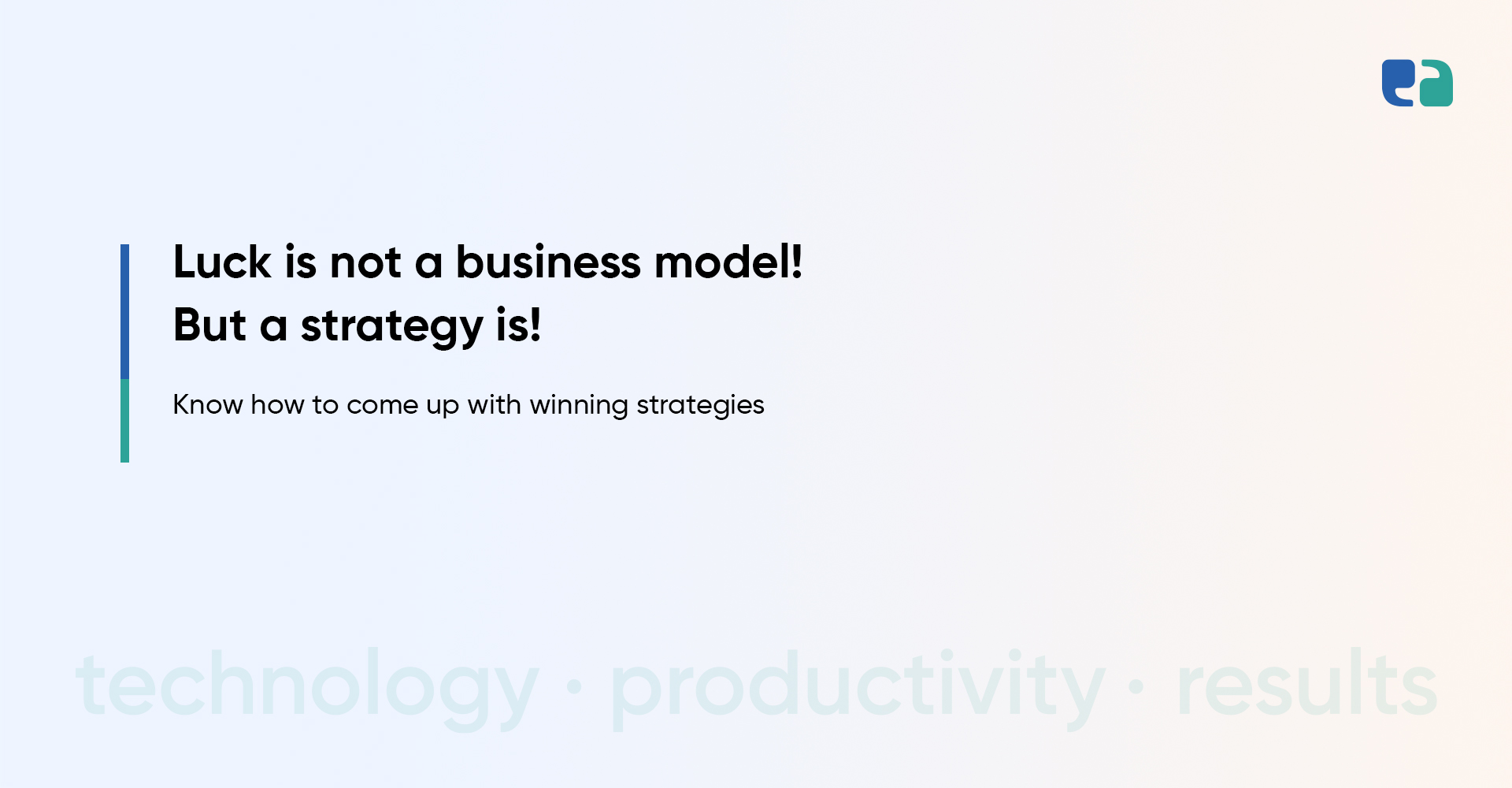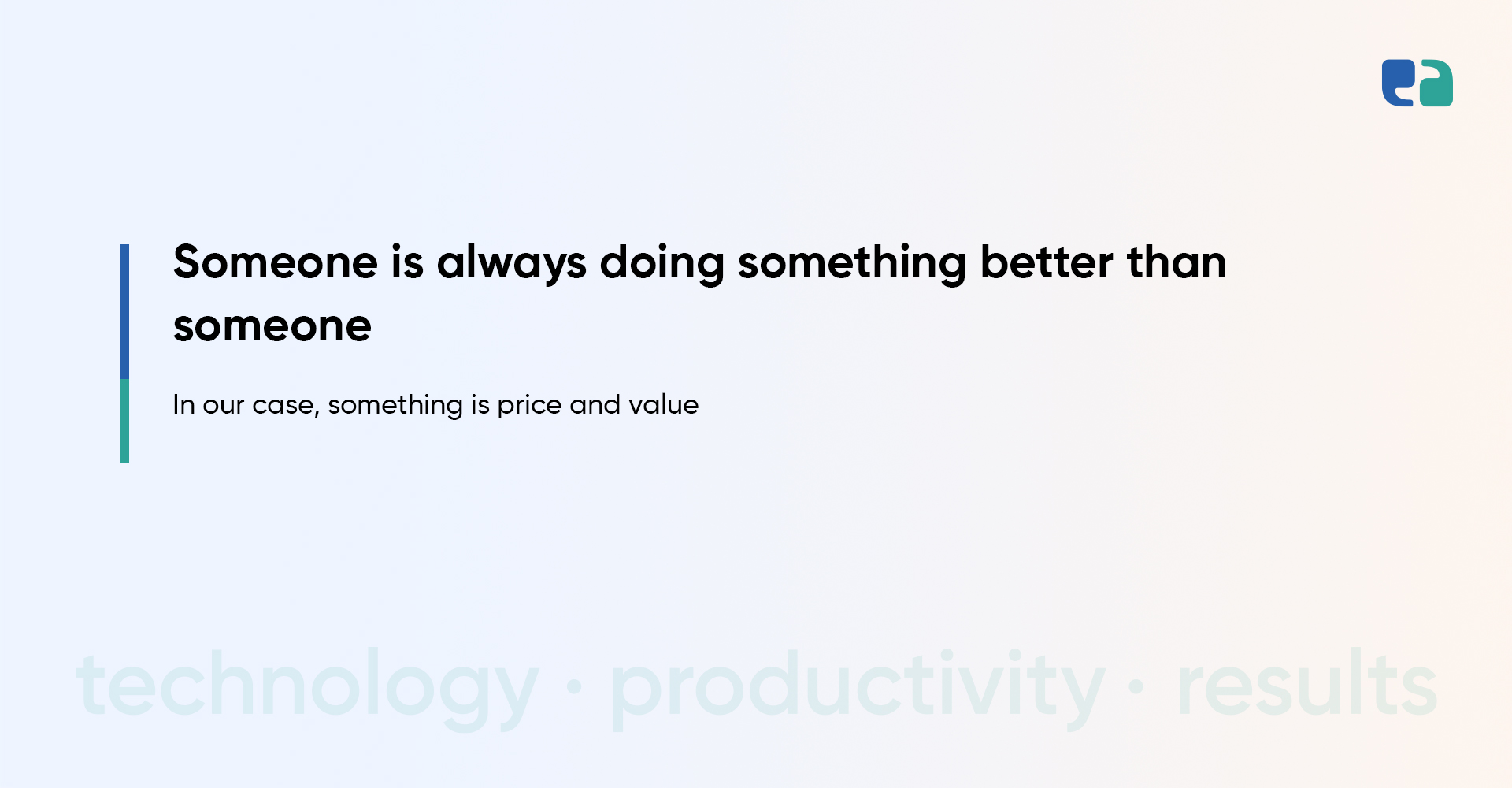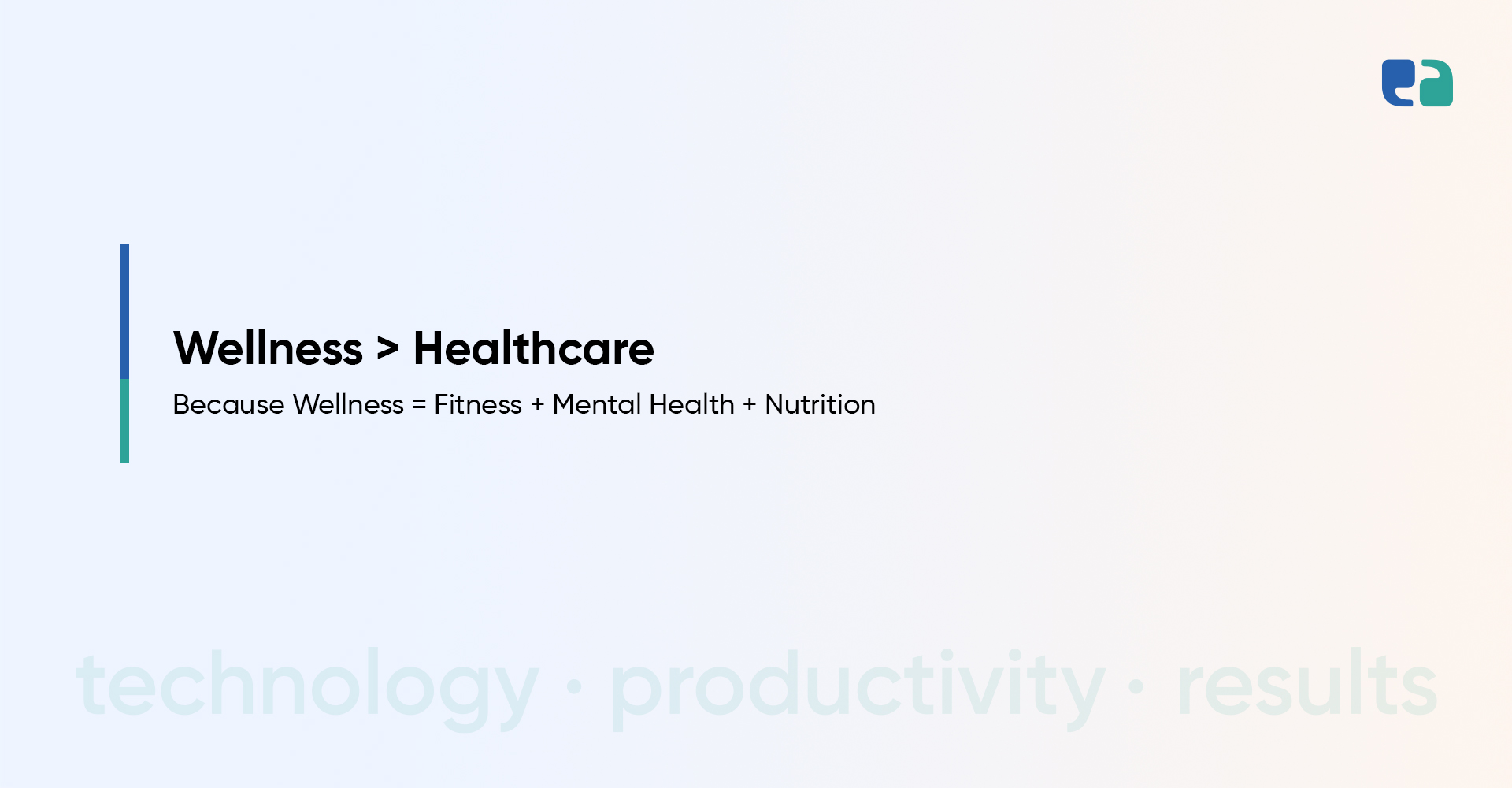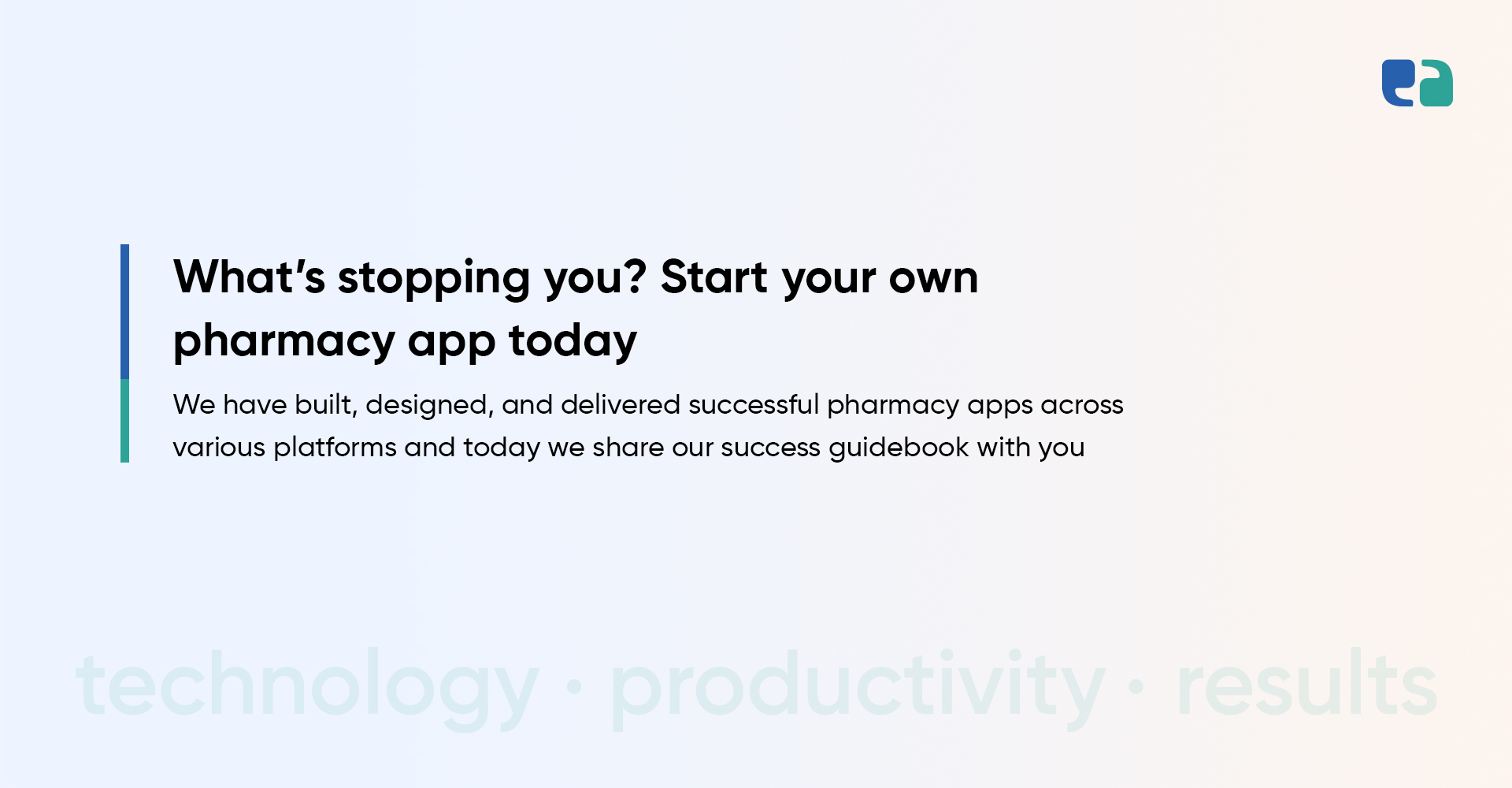Quick Summary: Without a profitable business model, even the most extraordinary healthcare service or product business can get lost. Though everyone knows the importance of good business models, they somewhere fail to infuse value into the business model they choose to adopt.
Thus, in this blog, we are going to share how to build a value-based healthcare business model and top profitable healthcare monetization strategies that add value and work best for all stakeholders.
But before we move further, let us clarify that we are discussing the business models of modern healthcare service and product business which they run online through mobile or web apps.
What is a business model? A new perspective
Generally, people believe that the business model is all about making good money. Yes, they are true – but at a certain point.
Because a business model is making good money while delivering value to the customers and ensuring that you have qualified tech infrastructure to support new innovative business models.
For instance, several healthcare startups make money by adopting subscription plans. So, to support this revenue model, you must have a robust tech infrastructure to first sell subscriptions and then manage it through a dashboard.
In addition to this, the fundamental factor that defines the success of any business model in this modern age is the value. Value is nothing but the solution to problems your customers are facing and the way you solve those problems.
The best example here is telemedicine apps. These apps deliver value in the form of fast, affordable and easy access to care. In other words, these apps deliver value by solving three big problems of users – delayed, costly and difficult access to care.
Thus, whenever you decide to build a business model for your next healthcare service, keep value and tech infrastructure to deliver that value in mind! You will surely win.
Product-led growth (The newest form of value-based healthcare business model)
One essential element of the business model is that it must fuel the growth of the healthcare company.
However, a business model facilitates growth in a restricted manner as everything that deals with money has certain limitations. But when it comes to the product and the experience it delivers to users, there are no limitations.
Hence, several new-age healthcare startups work aggressively on product-led growth and work very casually on business models. They make their healthcare product (software or hardware) so good that it sells by itself.
They don’t have to rely heavily on business models. They rely only on the experience they deliver through their product. Because, they know people may forget service or product, but they never forget how you make them feel and treat them.
Thus, it is crucial to not only focus on the business model but also focus on the product and its experience.
Remember, you don’t have to sell healthcare services or products, but you have to sell experience!
How to build a value-based healthcare business model?
For more clarity, let us give you an example of an online medicine delivery service and building its value-based healthcare business model in real-time.
Top healthcare monetization strategies that always work profitably
These monetization strategies work in most cases. But we encourage you to optimize it as per your business practice, market requirements and business goals.
There is one more monetization strategy called 3rd party ads. But we don’t promote it as it kills the user experience.
Need help with medical business and technology? We’re healthcare business and tech ninjas
Based in Ontario, Canada, we are a healthcare-specific IT company.
We chose to be healthcare-specific because we understand ins and outs of healthcare and more importantly, healthcare is what makes us happy!
We have a state-of-the-art development center where our 50+ healthcare IT professionals live, talk and execute healthcare IT 5 days a week.
Our healthcare-specific business and tech team includes business analysts, app developers, UI/UX designers, QA engineers and compliance specialists.
With our healthcare IT passion and understanding, we build profitable healthcare solutions with advanced features which support innovative healthcare business models.
In our 7+ years of experience, we have worked with individual healthcare providers, healthcare startups, government agencies and healthcare enterprises and helped them to generate millions of dollars with the perfect fusion of outstanding healthcare tech products and profitable business models.
And now we are excited to serve you the same with the same intensity of healthcare passion you have!



